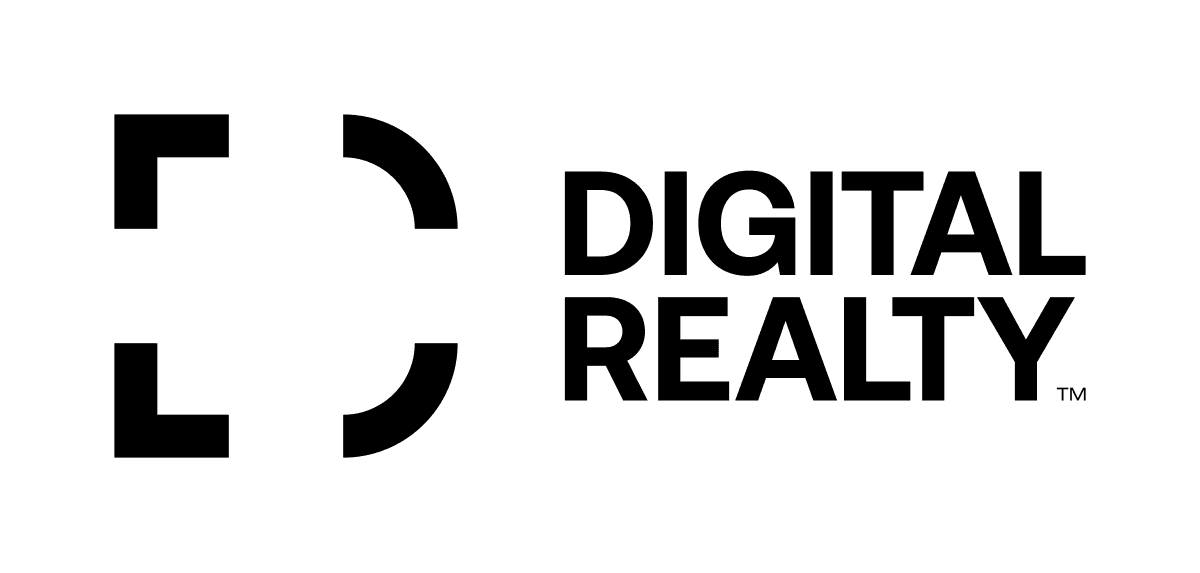
15 Jan 2022
Will VR and AR revolutionize data centre inspections and audits?
Data centers can greatly benefit from augmented and virtual reality. Particularly when it comes to inspections and audits. However, so far deployments have been limited. Is this about to change?
Remember the virtual reality glasses that were popular for a while? Especially Google’s cardboard version to do virtual reality via mobile phone was popular for a while. Apple is much more bullish on augmented reality (AR). By using AR we are able to link the physical world to a virtual world. Real estate agents for example have been using this approach to give potential buyers or investors the option to look at a house or building with lots of extra info or extensions, visible only when using an AR app.
Epson, for example, has been selling AR tools to logistics centers for years. Order pickers view their environment through special glasses and are presented with additional information, usually data from an ERP or warehouse management system. The manufacturing industry is ahead of data centres too. We have already seen some very interesting applications of mixed reality or augmented reality in the oil and gas industry, car manufacturing and others, particularly in the area of maintenance of complex installations.
Nevertheless, virtual inspections have obvious benefits. Among them are less travel time and lower costs. There is no doubt that the COVID-19 pandemic has increased the interest of data centre managers in remote monitoring and inspection technologies. Particularly when it comes to colocation data centers that have struggled to create procedures that allow external auditors access to their data centres.
Customers of data centres need audits, of course. They want to ensure that the space they rent in a facility is up to spec and to inspect these facilities after they have installed servers and other IT equipment. How do you grant access to auditors working for one customer when the same facility also hosts equipment and applications from other companies and organizations?
Several companies are developing VR/AR-based solutions to this problem. These include Croatia's Inceptum and Germany's FNT Software, while Hong Kong's Chayora has added VR-based solutions to its data centre infrastructure services as well.
Microsoft also offers a solution. Using augmented reality, Microsoft allows auditors remote access to data centre facilities on behalf of their customers. As a result, they can inspect the physical environment where their customer's equipment is deployed without having to physically be there. With this technology, a data centre employee is connected to the external auditor. While wearing the hololens, this employee walks through corridors and other areas the auditor wants to inspect. Whenever the auditor has a question or request, the employee of the data centre is there to perform the necessary actions in real time.
What makes using AR or VR for these purposes different from setting up a video link? The primary benefit is the additional data that can be displayed on an auditor's or remote inspection officer's screen. This is where mixed reality comes into play. Extra information, such as the applications running on specific hardware, can be displayed on the inspector's or auditor's screen. Or maybe a list of people who have opened the door of a rack, or have entered a specific corridor.
An audit can now be substantially shortened by using this approach, according to a Microsoft case study. A full-blown audit previously took six to eight weeks to complete, while HoloLens-based audits take two to four weeks on average.
Follow us on social media:


.d57b427b.png&w=3840&q=75)

















